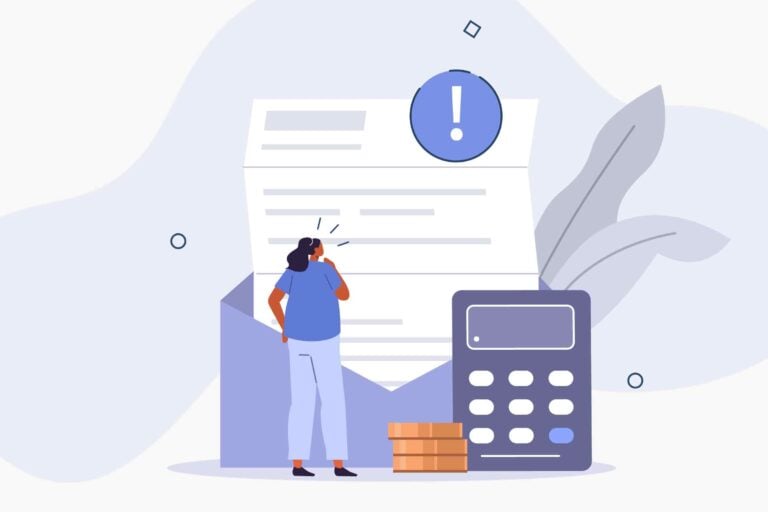A P60 is an important document that all employees in the UK should receive from their employer. It summarises everything you have earned in a tax year and is used to calculate your final tax bill.
In this guide, we will answer all of your questions about the P60! We will explain what it is, who issues it, what information it contains and how to get a copy of it.
Understanding the P60
A P60 is a document that shows your total pay and tax deductions for a given tax year. It is issued by your employer at the end of the tax year and is used to calculate your final tax bill.
What data is included?
The document will show your total pay for the year, as well as any deductions that have been made. This includes income tax, National Insurance and any other deductions that may have been taken from your pay.
It will show your total pay and tax deductions for the previous tax year. It is important to check that the information is correct, as this will be used to calculate your final tax bill.
The following information will be shown:
- Your name and address
- Your employer’s name and address
- Your National Insurance number
- The tax year that the P60 covers
- Your total pay for the tax year
- Any deductions from your pay, such as income tax and National Insurance
- Your net pay (total pay minus deductions)
Why is a P60 important?
It is important because it shows your total pay and tax deductions for a given tax year. This information is used to calculate your final tax bill. If you do not have one, you may end up paying too much or too little tax.
The self-employed
If you are self-employed, you will not receive a P60. However, you can request a copy of your P11D from HMRC. This will show your total pay and deductions for the tax year.
Frequently asked questions
It is a document that shows your total pay and tax deductions for a given tax year. It is issued by your employer at the end of the tax year and is used to calculate your final tax bill.
Your employer is responsible for issuing you with a P60. They should give you this document on or before the last day of the tax year.
It will show your total pay for the year, as well as any deductions that have been made. This includes income tax, National Insurance and any other deductions that may have been taken from your pay.
The P60 is issued at the end of the tax year, whereas a P45 is issued when you leave your job. A P45 will show your total pay and deductions for the tax year up until the date that you left your job.
They are usually issued to employees on or before the last day of the tax year. This is so that you have time to calculate your final tax bill.
If you are an employee, you should receive it from your employer. If you have not received it, you can ask your employer for a copy.
If you are an employee, you can view it online through the Government gateway. You will need to have your National Insurance number to hand in order to do this.
If you are an employee, you can request a copy from your employer. If you are self-employed, you can request a copy from HMRC.
Yes, you can request a copy of your P60 from HMRC. You will need to have your National Insurance number to hand in order to do this.
If you need the document for a previous tax year, you can request one from HMRC. You will need to have your National Insurance number to hand in order to do this.
If you need a P60 from a previous employer, you can request one from them. If they no longer have it, you can request a copy from HMRC.
You should keep it for at least 12 months after the end of the tax year. This is in case you need to refer to it when filing your tax return.
Yes, redundancy pay will show on your P60. This is because it is considered to be part of your total pay for the tax year.
We hope that this guide has answered all of your questions! If you still have any queries, please contact HMRC or your employer for further advice. Thank you for reading!

